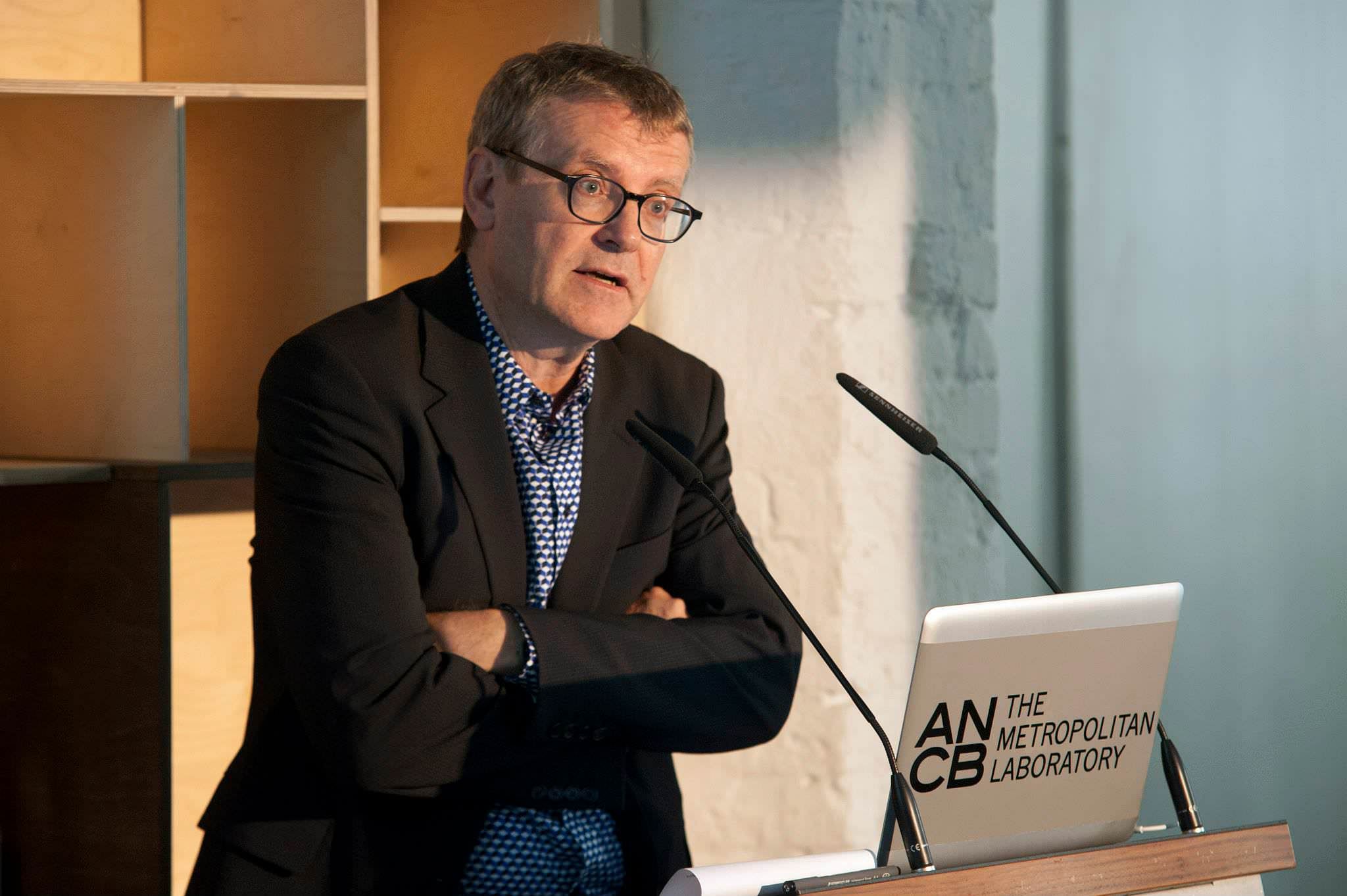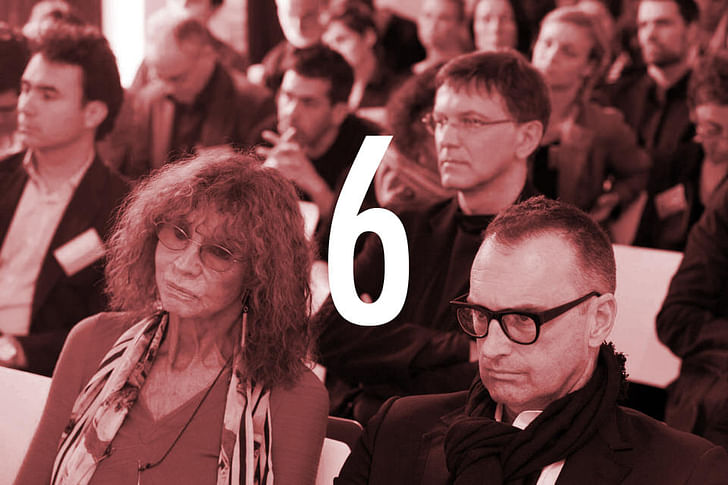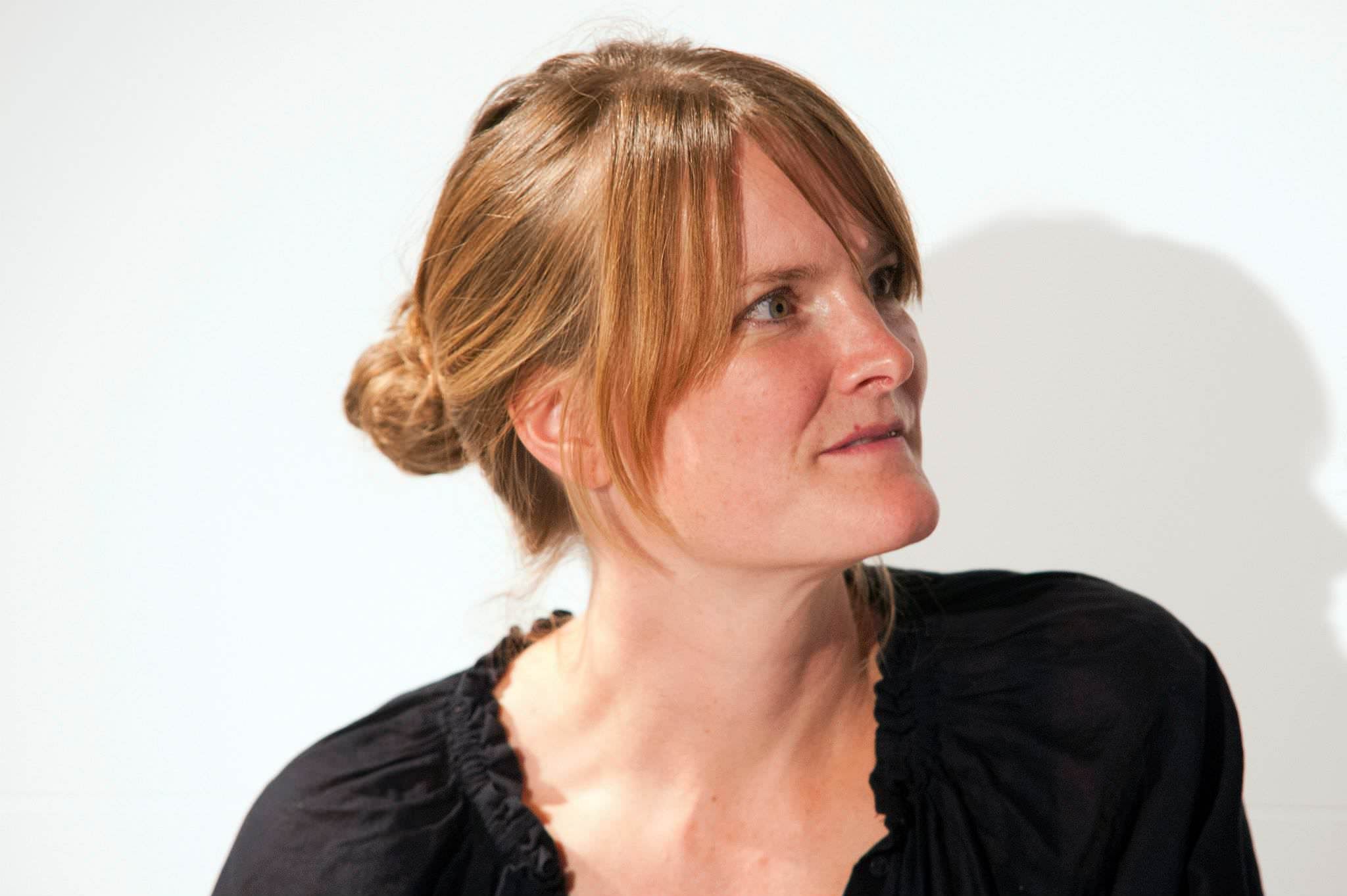

Just over a year ago, the Architectural Review published “Alternative Routes for Architecture”, calling for a drastic reinterpretation of architectural education in the face of rigid institutions and extreme financial strains. Certainly this demand is older than a year -- as we allow technology to knit information more thickly into our cultural fabric, we question the nature of education at large as having a physical place and hierarchy, through systems such as MOOCs or mobile workspaces. Add prohibitively high costs, followed by debt and depressing unemployment rates, and the architect is getting fit to reconstitute itself as newly relevant and multi-faceted professional.
The International Architectural Education Summit, in its third biennial meeting this past September, aimed to air out these concerns, among others related to architecture education. Co-hosted by UCLA’s Department of Architecture and Urban Design, and IE School of Architecture in Madrid, this two-day summit at Aedes Network Campus Berlin presented an impressive collection of architects, academics, artists, philosophers, designers and policymakers from around the world, to take the temperature of architecture education and their own role in the practice. I attended as Archinect’s fly-on-the-wall, and here’s what I learned:

The relevancy of the “Architect” is fleeting.
The concept of a highly-trained specialist, unique and indispensable, is no longer definitive of the architect. Already firms use names like “creative consultant” or “spatial agency” to brand themselves as interdisciplinary negotiators within a community of impassioned parties -- championing architecture as an embedded creative atmosphere, in no way separable from our world. But the agency of the individual “architect” is waning, as they shoulder the weight of interdisciplinary sensitivities, hoping to not go “the way of the blacksmith” and corner themselves into a professionally irrelevant pigeonhole. Education is trying to pick up this slack, but in a way that seems frantic and sacrificial, desperately grabbing certifications and minor degrees as the house burns.

Kids today don’t know a thing about radicalism.
Beatriz Colomina (Princeton University) lamented architecture’s lack of any true radicalism since the 1960s, hinting that design strategies are suffering inflation from a sudden richness of technologies.

It’s easy to imagine that when the tools are more varied, choices fracture and the method of revolt is less clearly oppositionary to any single platform. Or that radicalism appears in the design process, but not the designed object. But we can at least still agree that...

The powers that be are male, and architecture is a gender-divisive practice.
Dovetailing nicely with Colomina’s address, Tatjana Schneider (University of Sheffield) made some inflammatory remarks regarding architectural discourse, as driven by male egos and navel-gazing.

These trends can become ossified in the educational forums as long as fundamental architectural training relies on the authority of male-dominated pedagogy. Maybe this isn’t provocative at all, and simply observant, but it was hinted that we can’t rectify Colomina’s complaint, and produce anything truly avant garde, until we recognize it.

architects should reclaim a sense of naivety in design practiceArchitects need to be “strategically naive”.
On the one hand, architects need to adapt to new urban systems by being more collaborative and interdisciplinary. They are also, by nature, generalists that wear the hat of any current project. But by nature of this, on the other hand, they risk being over-bearing know-it-alls, ultimately compromising the quality of the project over presumed qualifications. As a counter proposal, Mark Wigley, the soon to be former Dean of Columbia University’s Graduate School of Architecture, offered that architects should reclaim a sense of naivety in design practice.

As a lesson in education, this makes perfect sense -- always keep your eyes open but your gaze critical, and keep asking questions.


Sarah Whiting (Dean of Rice University’s School of Architecture) and Joachim Declerck (Program Director of the Architecture Workroom in Brussels) fleshed out this idealized architect-character as, essentially, someone with an impossibly wide-angle view: they create a network from a vast array of disciplines, none of which they are an absolute authority, making decisions that any expert would respectfully defer for being impossibly complex.

it’s also possible that city governments invest too much trust into design authorities, at the expense of democratic processes.Architectural authority is not above democratic authority (?).
The relationship between city governments and designers is troubled by that ol’ classic: top-down vs. bottom-up planning methods. Collaboration between city officials and architects may necessarily be fraught with combatting priorities for a given project, but it’s also possible that city governments invest too much trust into design authorities, at the expense of democratic processes. Kind of like an architectural mafia running the planning department. This was brought up in the context of rapidly developing Latin American countries like Columbia, as panelist Alejandro Restrepo-Montoya (an architecture professor from the Pontificia University Bolivariana in Medellín) explained his university’s role in city development. Crowd-sourced urbanism is, for some, an antidote to this difficulty -- but that of course is its own can of worms.

Form before finances.
Successful architectural practices can adapt (hopefully) to the changing market to stay relevant, but educational institutions simply can’t implement massive changes at the speed necessary to keep up with a rapidly shifting economy. But sometimes it seems as if schools are deliberately handicapping themselves, when they assign more value to a snazzy designed object than its potential economic benefit.

Michael Speaks took some heat after explaining his project at the University of Kentucky’s School of Design, where students had adapted designs for a heavily-cut houseboat industry to reinvigorate the local business, effectively allowing laid-off employees to return to work after the 2008 financial crisis. The reaction was tepid at best, as some folks believed the architects’ integrity had been compromised by prioritizing economic application over form. Perhaps the cultural/intellectual capital of the architectural school is more important to its status, and therefore competitiveness, than ability to strengthen a community.

The student has become the master (at least regarding computers).
Mette Ramsgard Thomsen, Head of the Center for IT and Architecture in Copenhagen, tried to rally folks into thinking of programming as a new(ish) medium for architectural design.

students may be better versed in the language of digital design than their professorsAnd while there may have been a generational bias present in the panelists, it was generally conceded that students who have grown up with the internet tend to be more responsive to new computing technologies and languages. So if students may be better versed in the language of digital design than their professors, the autonomy of the design space dissolves into a more dynamic, collaborative research model. Whether this approach is sustainable remains to be seen, but it certainly challenges the academic model based on hierarchical student-teacher relationships. Thankfully, rendering technologies and other digital media of architectural representation weren’t subjected to that false dichotomy trap, and respectfully put out in the “exciting frontiers” of new media.
There you have it: gather an impressive variety of architects, academics and government officials in a lecture space to discuss architectural education, and provoke them into hard-nosed critical analysis, proselytizing and interrogation. Questions will be raised but not answered, problems tip-toed around but never identified, certain voices left completely unheard -- leaving little resolved when the dust settles. Not that a cogent “voice of architecture students” even exists, or that good policy rests entirely on anecdotal evidence, but it would have been nice to hear from an international student panel. But this was a space for taking stock, not for action.
Which was of course the point -- to first lay out the problems at hand. We’ll continue to observe as these issues play out, and pick up discussions where they get left behind.
Former Managing Editor and Podcast Co-Producer for Archinect. I write, go to the movies, walk around and listen to the radio. My interests revolve around cognitive urban theory, psycholinguistics and food.Currently freelancing. Be in touch through longhyphen@gmail.com
1 Comment
The main problem with archtiectural education isn't the lack of branding or radicalism, or even male dominated pedagogy (although that does suck). It's the lack of faith that tackling the myriad of issues associated with any given project will result in the most compelling and present project possible, regardles of one's aesthetic proclivities. Architectural education is too concept driven and not enough problem driven. Instead of figuring out what is the spirit of our times and/or the overarching conceptual framework first, we should be teaching young architects to respond to the problem at hand and then let the concept (if you must) grow out of an honest appraisal of the issues at hand. History will sort itself out without us.
Block this user
Are you sure you want to block this user and hide all related comments throughout the site?
Archinect
This is your first comment on Archinect. Your comment will be visible once approved.